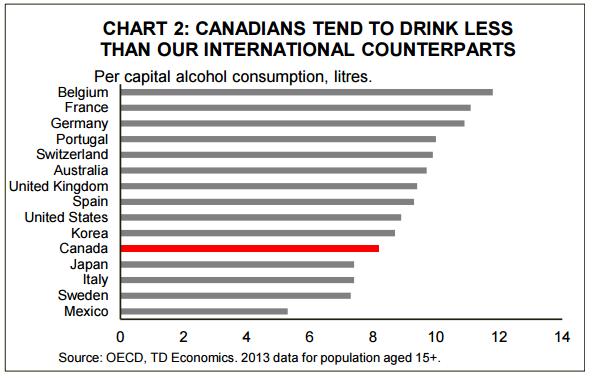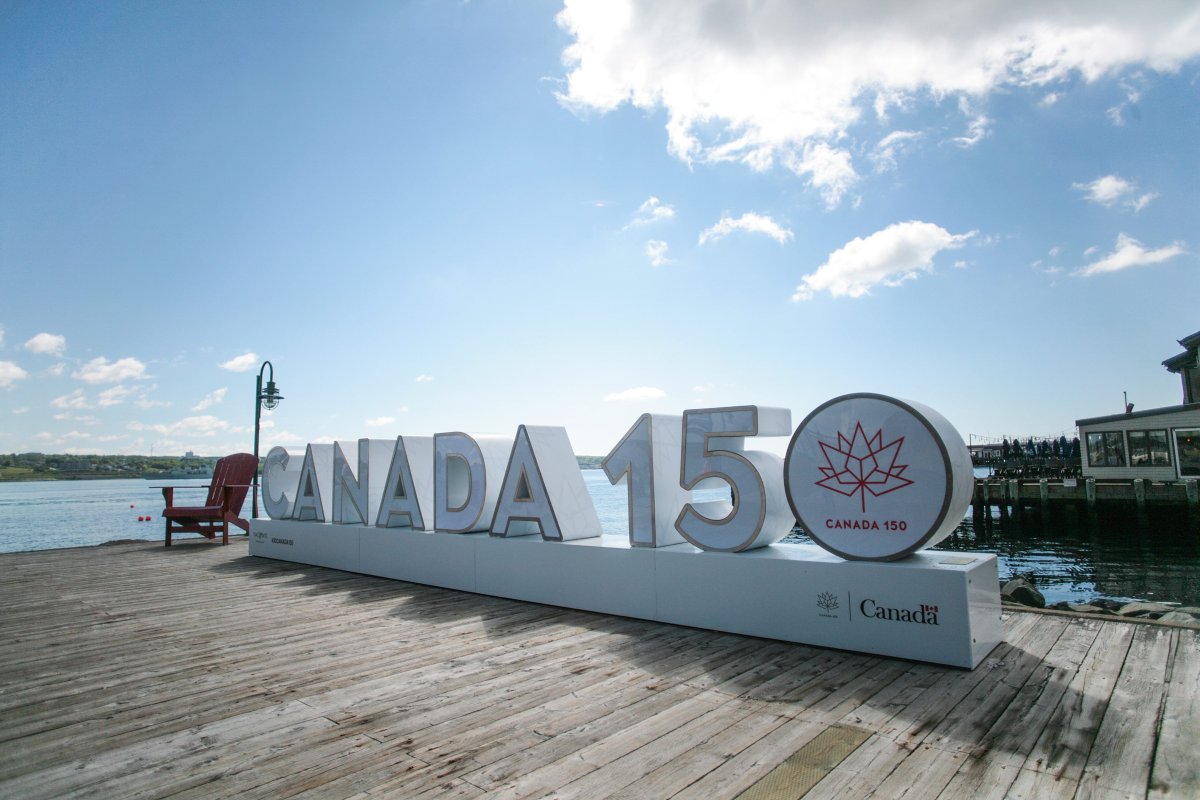With Canada’s 150th birthday approaching, Canucks are keeping a close eye on how celebrations will affect their wallets.

A poll from Ipsos Public Affairs shows that most Canadians feel $500 million is too much cash to throw down on special events and infrastructural investments that are coming with the country’s sesquicentennial.
At the same time, however, it will cost less for Canadians to host their own Canada 150 parties than it would have for the Great White North’s 100th birthday, said a report by TD economist Brian DePratto on Monday.
Coverage of Canada 150 on Globalnews.ca:
Using prices advertised in the Greater Toronto Area (GTA), DePratto estimated that Canada 150 parties will cost Canadians about $130 when hosting 10 people, including six adults and four children.
That cost includes purchases such as burgers, hot dogs, pop, beer, fruit and ice cream.
The same party would have cost approximately $15.50 in 1967, when Canada celebrated its 100th.
But the cost is actually smaller when you look at income growth in the same time period.
In 1967, the cost of a party with the items mentioned above would have taken up 15 per cent of weekly earnings.
Today, the current estimated cost of a Canada 150 party would only take up about 14 per cent of one’s earnings.
“This speaks to another broad trend in the Canadian economy: incomes that have, broadly speaking and despite recessionary setbacks, seen gains that have outstripped inflation,” DePratto wrote.
READ MORE: Canada 150: Could you pass the Canadian citizenship test?
Canada 150 parties will also bring together Canadians whose tastes have changed dramatically in the past five decades.
Canadians still eat more beef than any other fresh meat, but its average consumption has dropped from 66 kilograms per year in 1967 to 50 kilograms last year.
“That said, our population has nearly doubled over this time, so in aggregate beef consumption has climbed significantly,” DePratto wrote.
Drinking habits
Canadians’ drinking habits have changed, too.
They spent $22 billion on alcohol last year, and 40 per cent of it was for beer.
Brewskis have lost some ground to wine, however; in 2004, for every dollar spent on booze, 50 cents went to beer.
But beer has lost some of its popularity; Canadians are now spending more cash on wine.
“The shift to wine is likely a reflection of a Canadian population that is both wealthier and older, both trends associated with shifting consumption patterns,” DePratto said.

And while beer-drinking characters such as Bob and Doug McKenzie have helped to create a Canadian stereotype, OECD data shows that Canucks are drinking less than people from many other countries, says OECD data tracking per capita alcohol consumption in litres.
Belgium is number one in a chart that DePratto included in his report; Canada is 11th.
- Life in the forest: How Stanley Park’s longest resident survived a changing landscape
- ‘They knew’: Victims of sexual abuse by Ontario youth leader sue Anglican Church
- Carbon rebate labelling in bank deposits fuelling confusion, minister says
- Buzz kill? Gen Z less interested in coffee than older Canadians, survey shows











Comments